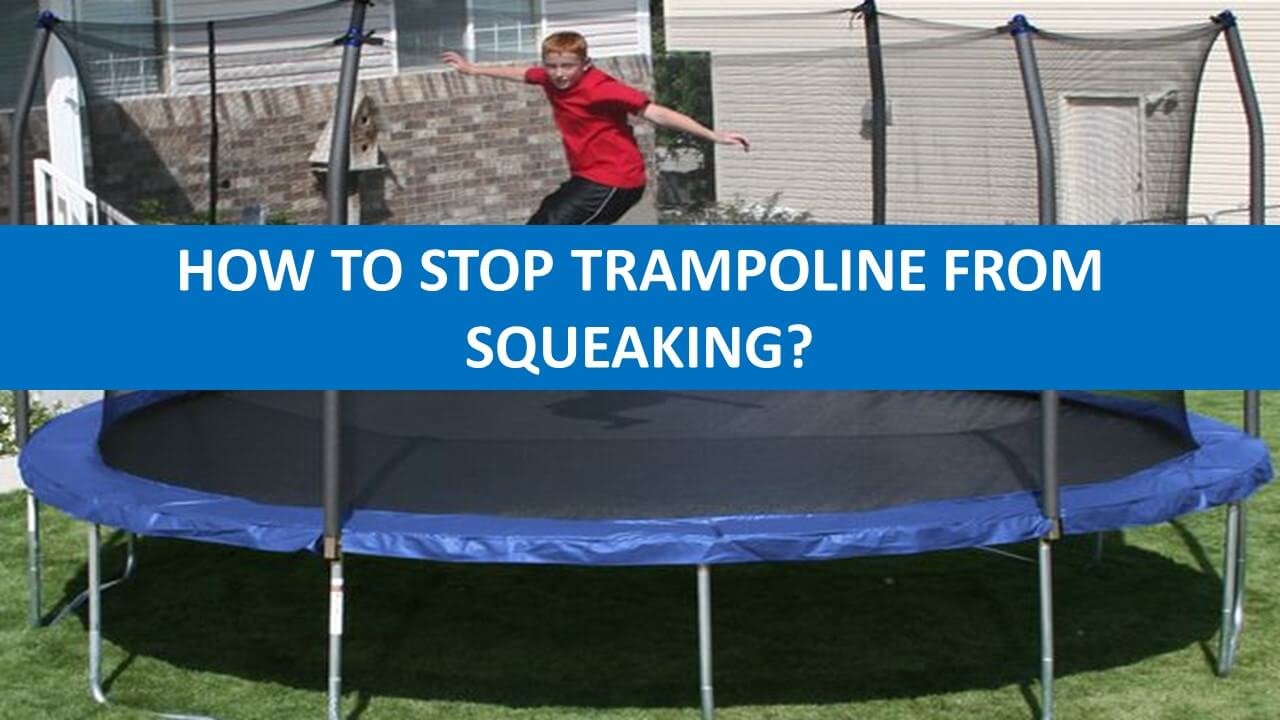Teenagers absolutely can and should jump on trampolines, as long as some important safety guidelines are followed! 😃 Trampolining provides wonderful exercise and enjoyment for teens ages 13 and up.
However, measures must be taken to minimize injury risk on trampolines. With padded frames, net enclosures, single jumpers, and adult supervision, trampolines can be safe and tremendously fun for teenagers!
This article will dive deep into the benefits, risks, and comprehensive safety best practices for teens using trampolines. We’ll explore proper setup, usage tips, injury statistics, and expert advice on trampoline safety. Let’s bounce into it! 👇
🤕 The Risks of Trampoline Injuries for Teenagers
Trampolining does involve some inherent injury risks, especially for teens. 😟 Here are some of the most common trampoline-related injuries:
🦶 Leg and Ankle Injuries
Landing incorrectly on the trampoline mat can lead to sprains, fractures, and dislocations of the ankles and legs. Teens are at high risk for these issues as their bodies are still developing. 🧑🤝🧑 Having spotters can help prevent awkward landings. Ankles are especially vulnerable to twisting injuries on trampolines.
🧠 Head and Neck Injuries
Falling off the trampoline or landing on the head can cause concussions, neck injuries, and even paralysis. A net enclosure around the trampoline perimeter helps eliminate contact injuries. 🤕 Teens may be more prone to poorly executed flips and falls leading to head and neck trauma.
Internal Organ Damage
The repeated impact from jumping can jar internal organs. Teens with pre-existing conditions like asthma may be more vulnerable to trauma from bouncing. Checking with a doctor beforehand is wise. 👨⚕️ The up-and-down motions can also cause discomfort in the stomach and abdomen region.
🩸 Cuts and Abrasions
Exposed springs and frames can cut or scrape jumpers if adequate padding is not used. Bouncing with jewelry and glasses can also lead to lacerations. 🩹 These wounds are usually minor but still need first aid treatment.
🤜 Other Impact Injuries
Colliding with other jumpers, landing wrong, and falling can cause a wide range of bruises, sprains, fractures, and dislocations on all body parts. 🤕 Teens’ developing bones and joints are vulnerable.
Proper precautions significantly reduce these injury risks for teenage trampoliners!
🤸 The Benefits of Trampoline Exercise for Teenagers
While risks exist, trampolines also provide many benefits for active teenagers when used properly. 😀
❤️ Cardiovascular Health
Jumping is a high-intensity aerobic workout that gets the heart pumping! It builds cardiovascular endurance, lung capacity, and burns calories. 🏃♂️ Teens can achieve their target heart rate zones efficiently on a trampoline.
💪 Muscle Toning
The rapid bounce motion uses core, leg, back, arm, and gluteal muscles to stabilize the body. Trampolining can help strengthen and tone the entire body over time. 🏋️♀️ It engages muscles not used in regular exercise routines.
🧠 Coordination and Balance
Controlling body position in the air and coordinating landings engage the mind-body connection. Jumping improves balance, spatial awareness, reflexes, and reaction time. 🤸♀️ Teens can challenge themselves by learning new tricks.
🦴 Bone Health
The vertical impacts and resistance from trampolining helps build bone density and strength. This protects against osteoporosis later in life. 🦴
😊 Stress Relief and Fun!
Simply put, bouncing brings joy, relaxation, and laughter! Trampolines provide a great outlet for teens to burn off energy and stress. Jumping with friends makes it even more fun. 🥳
Trampolines offer an efficient, low-impact workout that makes exercise enjoyable!
⛑️ Safety Guidelines for Teen Trampoliners
Trampolines can be safe for teenagers with proper precautions in place:
- 🛡️ Use protective padding over the frame and springs
- 🧺 Install a net enclosure around the trampoline perimeter – at least 6 feet high!
- 👥 Only allow one jumper at a time
- ❌ Do not attempt flips, somersaults or high-risk maneuvers
- 👀 Always supervise teens when they are jumping
- 🚫 Avoid jumping when tired, distracted or impaired
- ❗️ Do not wear jewelry, glasses, or loose clothing
- 🚶♂️ Mount and dismount properly using handles and ladders
- 🗓️ Inspect the trampoline before each use and replace worn parts
- 🏠 Place the trampoline on a level surface away from obstacles
- 🥽 Wear grippy socks or trampoline shoes – no bare feet!
Following comprehensive safety guidelines helps minimize injury risks and ensures that teenagers have a great time trampolining!
🤔 Expert Tips for Safe Teen Trampolining
Here are some expert safety tips from trampoline professionals:
- “Encourage teens to warm up and stretch before bouncing to prevent muscle strains.” 🏋️♀️
- “Have teens jump barefoot or wear grippy sock to avoid foot injuries and enable proper balance.” 🧦
- “Ensure the trampoline is on a flat, soft surface like grass – avoid hard ground or platforms.” 🏞️
- “Inspect the jump mat, springs, frame and net before each use – replace any worn parts.” 🔧
- “Remind teens to jump in the center of the mat and avoid the edges to prevent falls.” ⭕
- “Limit trampolining to 30 minutes at a time, with rest periods to avoid overexertion.” ⏰
- “Teach basic jumping techniques and landings before progressing to more advanced skills.” 🏃♀️
Following expert recommendations goes a long way in injury prevention!
🤔 Final Thoughts on Teen Trampoline Safety
Trampolining is a fun activity that provides many physical and mental benefits for teenagers. However, safety should always be the number one concern. With comprehensive precautions like padded frames, perimeter nets, single usage, adult supervision, and safe behavior, trampolines can be enjoyed safely by teens aged 13 and up. Always consult a doctor before trampolining with any pre-existing medical conditions. Stay safe and have fun bouncing! 🤸♂️🤸♀️
Articles You May Like to Read:













